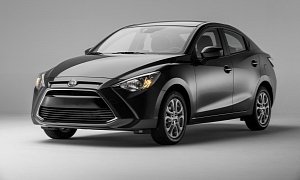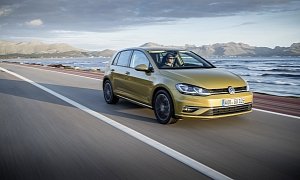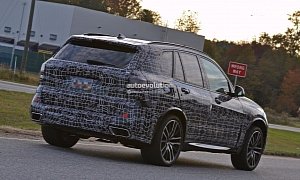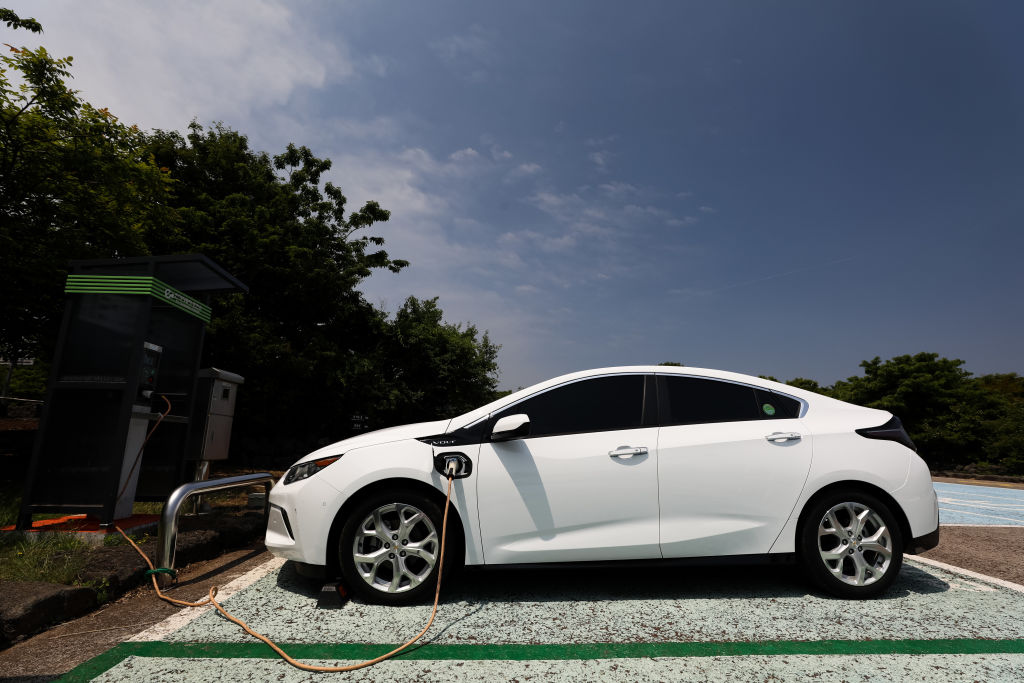autoevolution
cars
moto
news
car reviews
spyshots
driven cars
newspaper
green
Compare Cars
BAC Calculator
Editorial
Coverstory
Motorsport
Testdrives archive
Auto Shows
Tuning
Car Finder
Photo of the Day
Glossary of automotive terms
Masthead
RSS Feeds
More on this:1 2018 Toyota Hilux Launched In Thailand, Facelift Gets Tacoma-like Grille2 Spyshots: 2019 Toyota Supra Looks Svelte at Nurburgring3 Toyota's 600 HP C-HR Has FWD Nurburgring Record in Sight4 Hyundai Kona vs. Toyota C-HR: Which is the Funkiest Crossover?5 Toyota C-HR R-Tuned Is a 600 HP Juke-R Rival
Up next
Terminally Ill Faraday Future Might Live Thanks to $900 Million Tata Investment
Toyota-Mazda Shared Plant To Crop Up In Alabama Or North Carolina
15 Nov 2017, 14:32 UTC · by Mircea Panait
/ Home / News / Industry
Building and selling cars is big business. And in addition to big, it’s complicated business for one too many reasons, chief among which is legislation. In the U.S., for example, it’s easier for foreign automakers to build cars locally because the state will offer incentives. This, in turn, creates jobs, and the pricing advantage over imports is nothing to scoff at.
9 photos Toyota and Mazda find themselves in this situation, with the two announcing that they’re planning on spending $1.6 billion on a plant in the United States that will create 4,000 jobs. The factory would be operational by 2021, but there’s a catch with this promise. And that catch is, Toyota and Mazda have refused to spell out the location where the plant will be.
The background story originates with Donald Trump, who attacked Toyota with a “big border tax” over the automaker’s plan to construct a factory in Guanajuato, Mexico. There, Toyota would’ve produced the Corolla, but once President Trump got in on the action, the Japanese automaker decided that it would be better to build the Tacoma in Mexico.
Trump’s attack wasn’t in vain, for the POTUS convinced Toyota to relegate Corolla production to the United States, at the factory this story is about. Mazda joined Toyota in its ambitious plan, with Mazda announcing that it'll build “new crossover vehicles” at the yet-to-be-constructed plant.
According to Bloomberg, the search for a location for the Toyota-Mazda plant has been narrowed to two states: Alabama and North Carolina. All that’s left to do now is for state officials to sweeten the deal, with Toyota-Mazda expected to take the better offer as far as incentives are concerned.
Whichever state wins, the shared factory is actually a victory for the Trump administration. After all, it is “the first new auto assembly plant to be announced during the tenure of President Donald Trump,” and that’s good news considering Ford will source the next-generation Focus from China.
Editor's note:
Mazda2 Sedan-based Scion iA pictured.
Could Volkswagen Group's Electric Plans Include Ducati?
Autonomous Driving Levels Explained
The Hackrod Future of Car Manufacturing
On Electric Harleys and New Generations
The Dos and Don’ts of Washing a Motorcycle, Part One
Top 10 Cars That Define the United States of America
Elon Musk Is Not the Manipulative Mastermind Everyone Takes Him for These Days
Euro NCAP Testing Procedures Explained
Headwave TAG Helmet Music and Navigation System Reviewed
German Combustion Engines Have Six Years To Walk The Plank
Hybrids, Plug-Ins and Electric Cars: Which Batteries Are Best?
1990s Cars That Created Ongoing Market Trends
Who's Your Number One?
Ford's Autonomous Police Car Explained
The Biggest Anticipations in Motorcycling for 2016, Part 1
Shell Angry at Bans on Fossil Fuel-Burning Cars Because of Course They Are
NHTSA and IIHS Crash Test Scores Explained
Electric Car Charging Plugs, The Beta vs. VHS Battle of the 21st Century
New Year's Resolutions for Carmakers
The Dos and Don’ts of Washing a Motorcycle, Part Two (Final)
Coolest Obscure Mercedes-AMG Models in History
TOYOTA models:TOYOTA Avalon LargeTOYOTA Prius c CompactTOYOTA Land Cruiser 150 Medium SUVTOYOTA Sequoia Large SUVTOYOTA Auris Touring CompactAll TOYOTA models



